Joe Nadeau, principal scientist at the Pacific Northwest Research Institute, is challenging this dogma. Random fertilization should lead to specific ratios of gene combinations in offspring, but Nadeau has found two examples just from his own lab that indicate fertilization can be far from random: Certain pairings of gamete genes are much more likely than others. After ruling out obvious alternative explanations, he could only conclude that fertilization wasn't random at all.
"It's the gamete equivalent of choosing a partner," Nadeau said.
His hypothesis - that the egg could woo sperm with specific genes and vice versa - is part of a growing realization in biology that the egg is not the submissive, docile cell that scientists long thought it was. Instead, researchers now see the egg as an equal and active player in reproduction, adding layers of evolutionary control and selection to one of the most important processes in life.
"Female reproductive anatomy is more cryptic and difficult to study, but there's a growing recognition of the female role in fertilization," said Mollie Manier, an evolutionary biologist at George Washington University.
Sexual Selection at the Cellular Level
The idea of sexual selection is as old as Charles Darwin himself. In On the Origin of Species, he wrote of the peacock's showy tail and the elk's giant antlers as examples of traits that evolved to help males show off their appeal as mates to females. For the next century, biologists focused on all the aspects of sexual selection that operated in the events leading up to copulation. After mating, the female had made her choice, and the only competition was among the sperm swimming to the egg.
This male-oriented view of female reproductive biology as largely acquiescent was pervasive, argued Emily Martin, an anthropologist at New York University, in a 1991 paper. "The egg is seen as large and passive. It does not move or journey but passively 'is transported'...along the fallopian tube. In utter contrast, sperm are small, 'streamlined' and invariably active," she wrote.
Beginning in the 1970s, however, the science began to undermine that stereotype. William Eberhard, now a behavioral ecologist at the Smithsonian Tropical Research Institute, documented all the ways that females can affect which males fertilize their eggs even after mating. It's a long list, and scientists still can't say for sure whether they've documented everything. The belatedness of these discoveries wasn't all due to sexism. Two walruses dueling with their tusks is easy to observe; games of hide-and-seek with sperm inside the female reproductive tract are much less so.
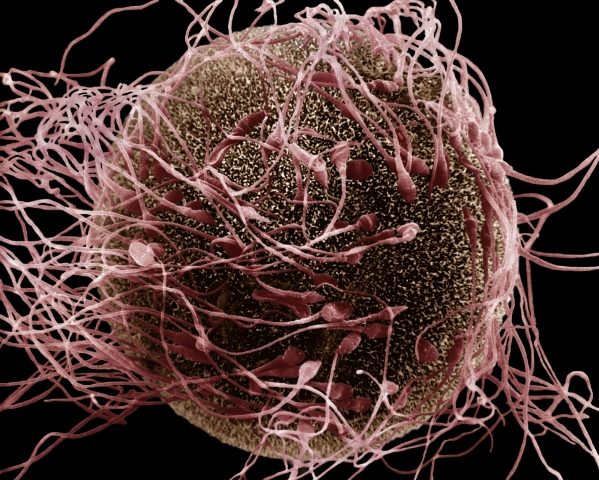
In those species in which fertilization happens outside the body, the females often coat their eggs with a thick, protein-rich ovarian fluid. Experiments in 2013 by Matthew Gage of the University of East Anglia in England showed that this fluid contains chemical signals to help attract the correct species of sperm. When they exposed eggs from salmon and trout to mixtures of sperm from both species, the eggs' own species successfully fertilized 70 percent of the time, significantly more than to be expected by chance.
"The sperm behaved differently in different ovarian fluids. They actually swam straighter in their own fluid," Gage said.
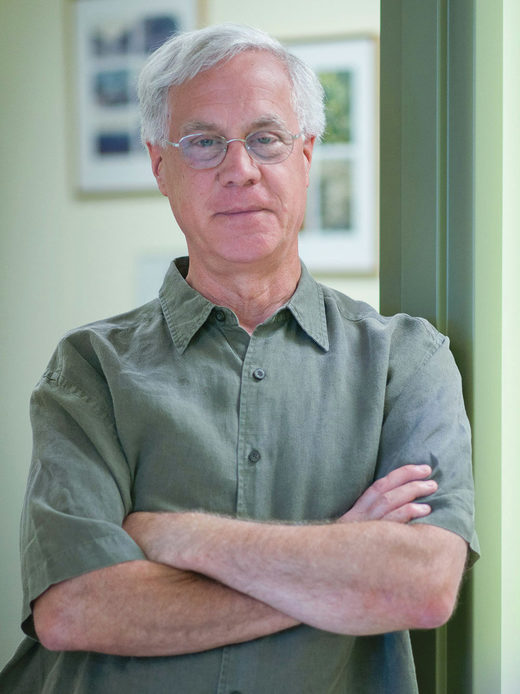
All these strategies, however, provide females with opportunities only to select the sperm of different males. Within an ejaculate, which sperm fertilized the egg still seemed to be left to chance.
In fact, the randomness of fertilization is implicit in the principle of segregation — the first law of genetics going back to Gregor Mendel. Parents carry two copies of each gene, which are divided randomly into gametes that carry only one copy. It's what gives rise to many of the probabilities students learn in high school biology. If both parents are heterozygotes — meaning they carry two alternate versions of the same gene — then half their offspring would also be heterozygotes. A quarter of the offspring would be homozygotes carrying two copies of one version, and the remaining quarter would be homozygotes with the other version.
"It's one of the most broadly applicable rules in biology," Nadeau said.
Yet these probabilities work out only if fertilization is random. If the egg or the sperm can somehow influence the identity of the other gamete involved in fertilization, then those ratios could be very different. This striking difference was what caught Nadeau's attention back in 2005. When he started looking at the inheritance of two particular genes in mice, the probabilities were all off. In his Seattle lab, he began to wonder: Could Mendel have been wrong?
Mendelian Lawbreakers
Nadeau hadn't set out to question Mendel. Instead, he wanted to know how interactions between two genes (Apobec1 and Dnd1) affected risks for testicular cancer, one of the most heritable forms of cancer. When Nadeau and his doctoral student Jennifer Zechel bred female mice carrying one normal and one mutant copy of Dnd1 with heterozygote Apobec1 males, everything appeared to follow Mendel's rules. So far, so good. But when they reversed the breeding (a female Apobec1 heterozygote mated with a male Dnd1 heterozygote), things got weird: They found that only 27 percent of the expected offspring carried copies of mutant Apobec1, mutant Dnd1 or both, compared with the 75 percent they expected to see.
As a researcher who had spent several decades studying heredity, Nadeau was aware of myriad factors that could affect Mendel's ratios. If a fertilized egg ended up with two mutated copies of a recessive gene, the resulting embryo might die early in development. Such embryonic-lethal mutations would alter the ratio of homozygotes to heterozygotes, but it would also reduce the average number of mouse pups in each litter. Yet all of Zechel and Nadeau's mice had standard litter sizes, and they found no evidence that embryos were dying early after fertilization.
Perhaps, Nadeau reasoned, the problem lay in the sperm, not the egg. He therefore bred male mice with and without the mutation to healthy mutation-free females and found no differences in the males' fertility — something that would have become obvious if the mutation were affecting sperm formation. Step by step, Nadeau and his team eliminated every possible cause of these wonky ratios of offspring genotypes ... except one: that during fertilization, the egg and sperm were genetically biased against the mutant genotype.
Surely, someone else must have already seen this, Nadeau reasoned, so he searched the scientific literature. Although he could find plenty of examples of unexplained offspring ratios, no one had seriously pursued genetically biased fertilization as an answer.
"Everyone just interpreted it as embryonic lethality because we see what we look for and we explain it using what we know," Nadeau said.
One of those examples Nadeau found was from the lab of the cancer researcher Roseline Godbout at the University of Alberta. Godbout studied the role of a protein called DDX1 in the development of retinoblastoma, a highly heritable childhood cancer. Mice that were missing one functional copy of the DDX1 gene (but with another, fully functional gene as backup) seemed normal and healthy. When Godbout and Devon Germain, now a postdoctoral fellow at the Max F. Perutz Laboratories in Vienna, bred such heterozygote males and females, they found that none of the offspring lacked both copies of DDX1, even though simple Mendelian math would suggest 25 percent of them should. Given the gene's importance to DNA replication, however, this wasn't surprising: The homozygotes without DDX1 presumably died after conception. Godbout and Germain also found lower-than-expected numbers of homozygote offspring with two copies of DDX1. A complicated series of mating experiments led the scientists to propose that their results came from a rare mutation that had occurred in the DDX1 gene during their experiments.
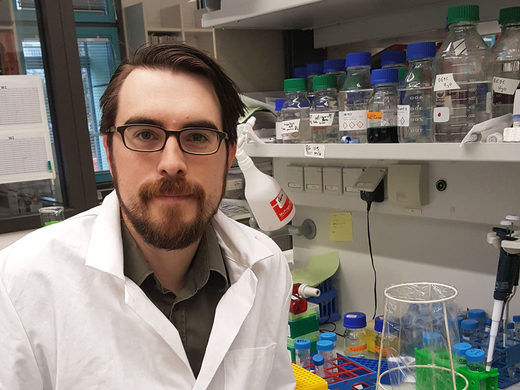
"We really thought it was just a weird pattern of inheritance," Germain recalled. "We hadn't thought about nonrandom fertilization."
Later, on a whim, Germain decided to review all the raw data from his experiments. As he looked over the results, he remembered Godbout's questions that had been prompted by Nadeau's email. The more he looked at the data, the more that genetically biased fertilization looked like "the most plausible explanation," he said.
Frustrated at how few scientists had seriously considered genetically biased fertilization as an explanation for their results, Nadeau wrote up his hypothesis in "Can Gametes Woo?," an article published in October in Genetics, His goal, he said, was to spur more research into this area and determine if and how egg and sperm interactions can alter fertilization.
"We've been blinded by our preconceptions. It's a different way to think about fertilization with very different implications about the process of fertilization," Nadeau says.
Other scientists, such as Manier at George Washington University, say that Nadeau's hypothesis is intriguing and even plausible, but they point out that no one has any evidence about how it could happen. Nadeau agrees and points to two possibilities.
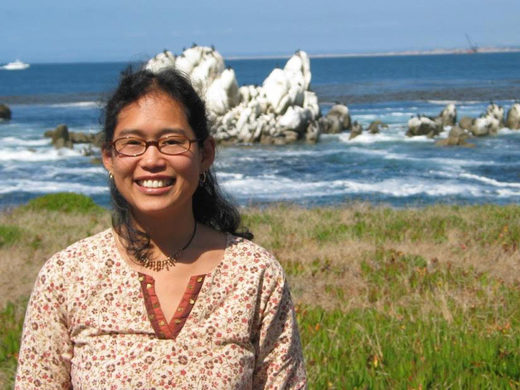
A competing hypothesis builds on the fact that sperm are often present in the female reproductive tract before the final set of cell divisions that produce the egg. Signals from the sperm could influence these cell divisions and bias the identity of the cell that becomes the egg.
Whatever the mechanism might be, this work challenges the standard view of female physiology as passive during fertilization. "Females were seen as passive objects with no choice, but females are going to have a vested interest in the outcome of fertilization," said Renee Firman, an evolutionary biologist at the University of Western Australia. "We still have a long way to go to understand this process, but I don't think we still really appreciate how common this is and how often it happens."
Finding data to support or refute this hypothesis could be challenging, Manier said. It will depend on showing that genes within the sperm affect their surface molecules, and that the egg can sense these differences. Such results will require detailed biochemical studies of individual sperm cells and sequencing information about their genome.
Nadeau is prepared for skeptics — he's encountered many at conferences when he presents the results of his mouse studies and his hypothesis for what's going on. Critics often approach him after the talk and begin asking him questions. Whether they walk away convinced is unclear, but Nadeau feels they are much less certain that biased fertilization doesn't happen. To Harmit Malik, a geneticist and virologist at the Fred Hutchinson Cancer Research Center, the situation is the ultimate Sherlock Holmesian solution.
"If you've eliminated the impossible, then what remains, however unlikely, must be the truth," he quipped.
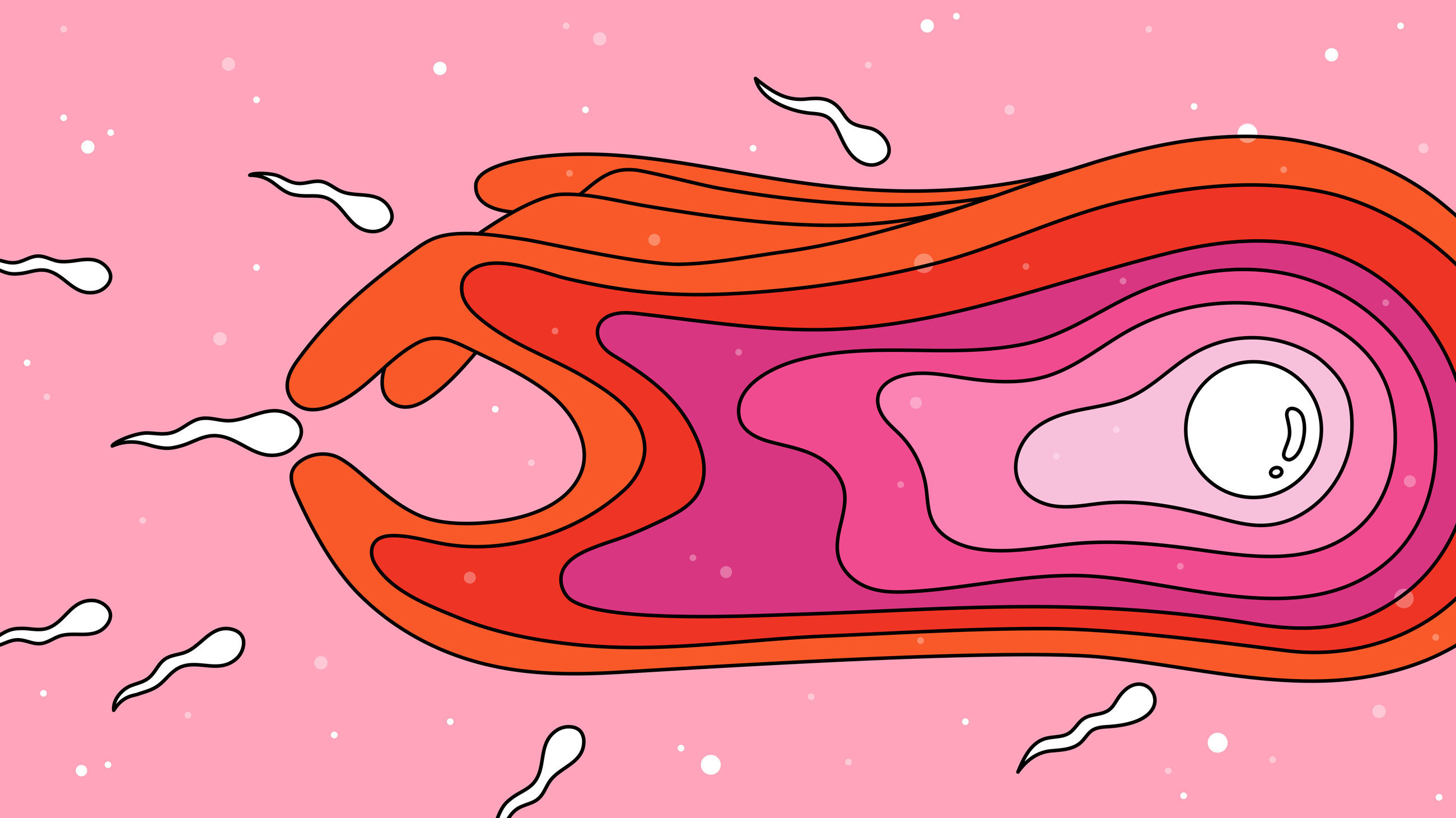
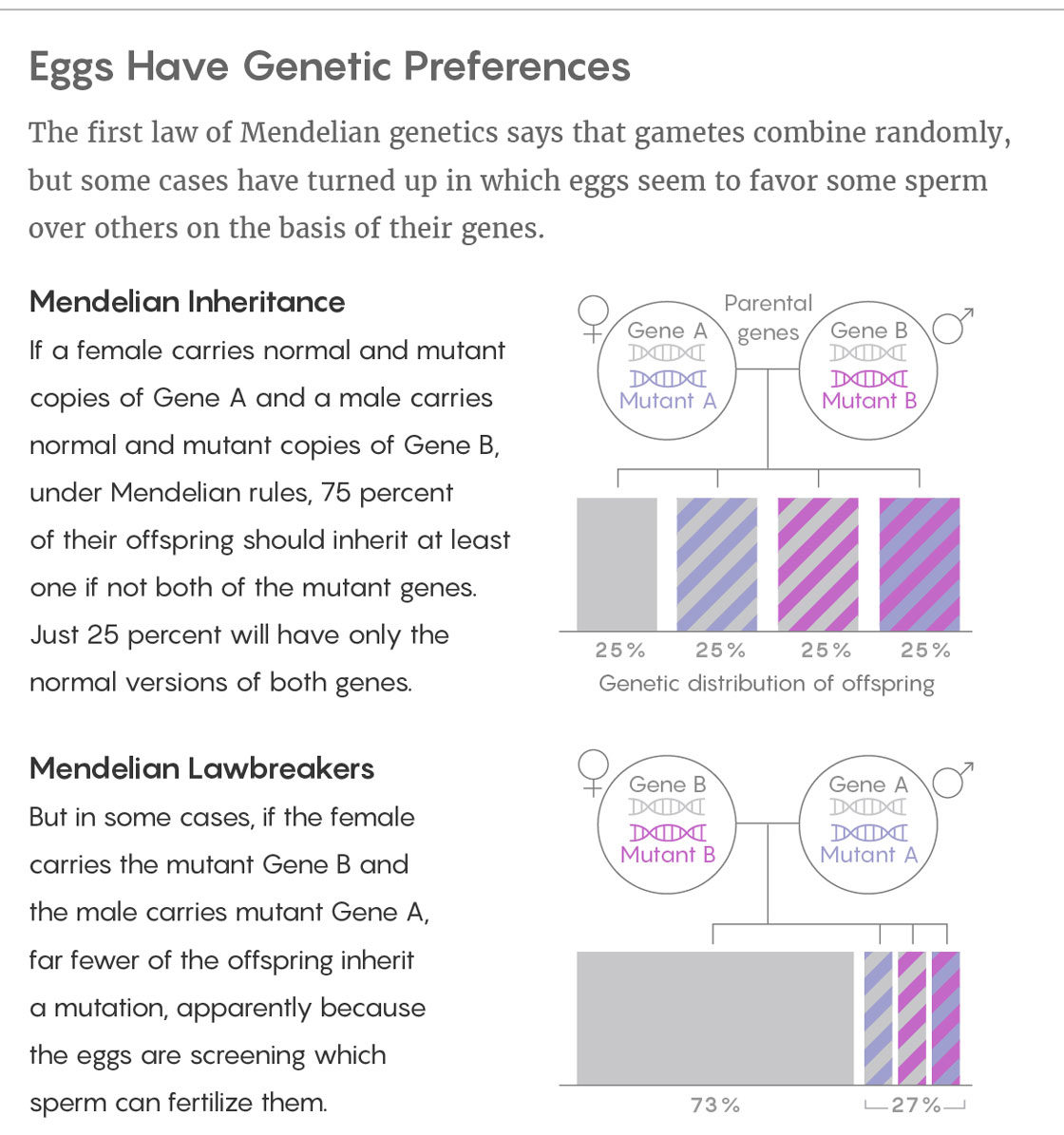



Comment: If true that the egg 'chooses' or selects for the best genetic package, then the idea that random mutations lead to evolution (which already has a probability so low that it can be said to be impossible) is even less likely to happen.